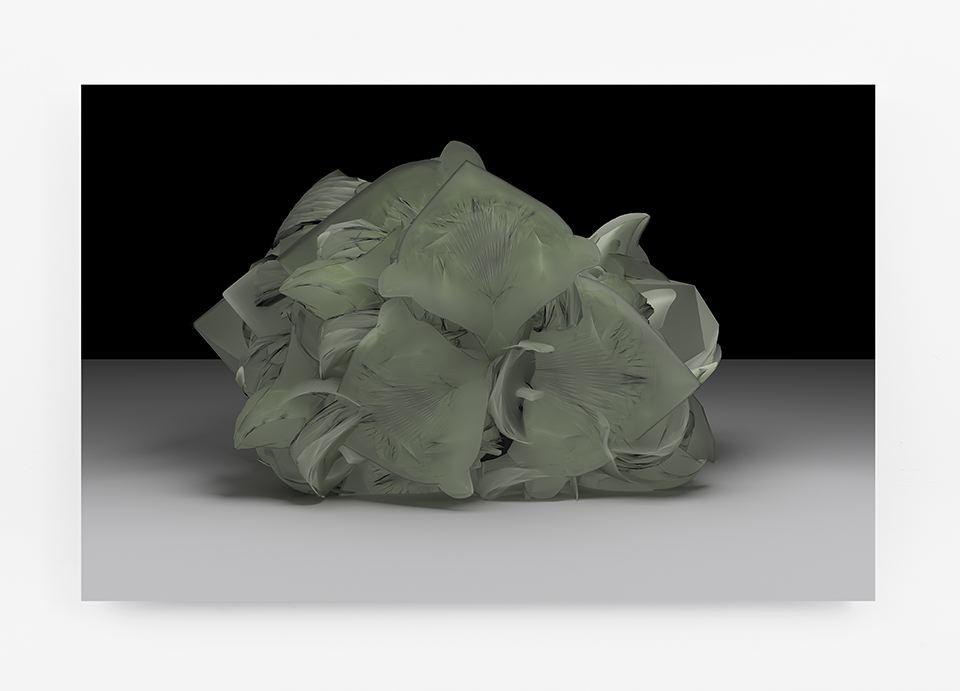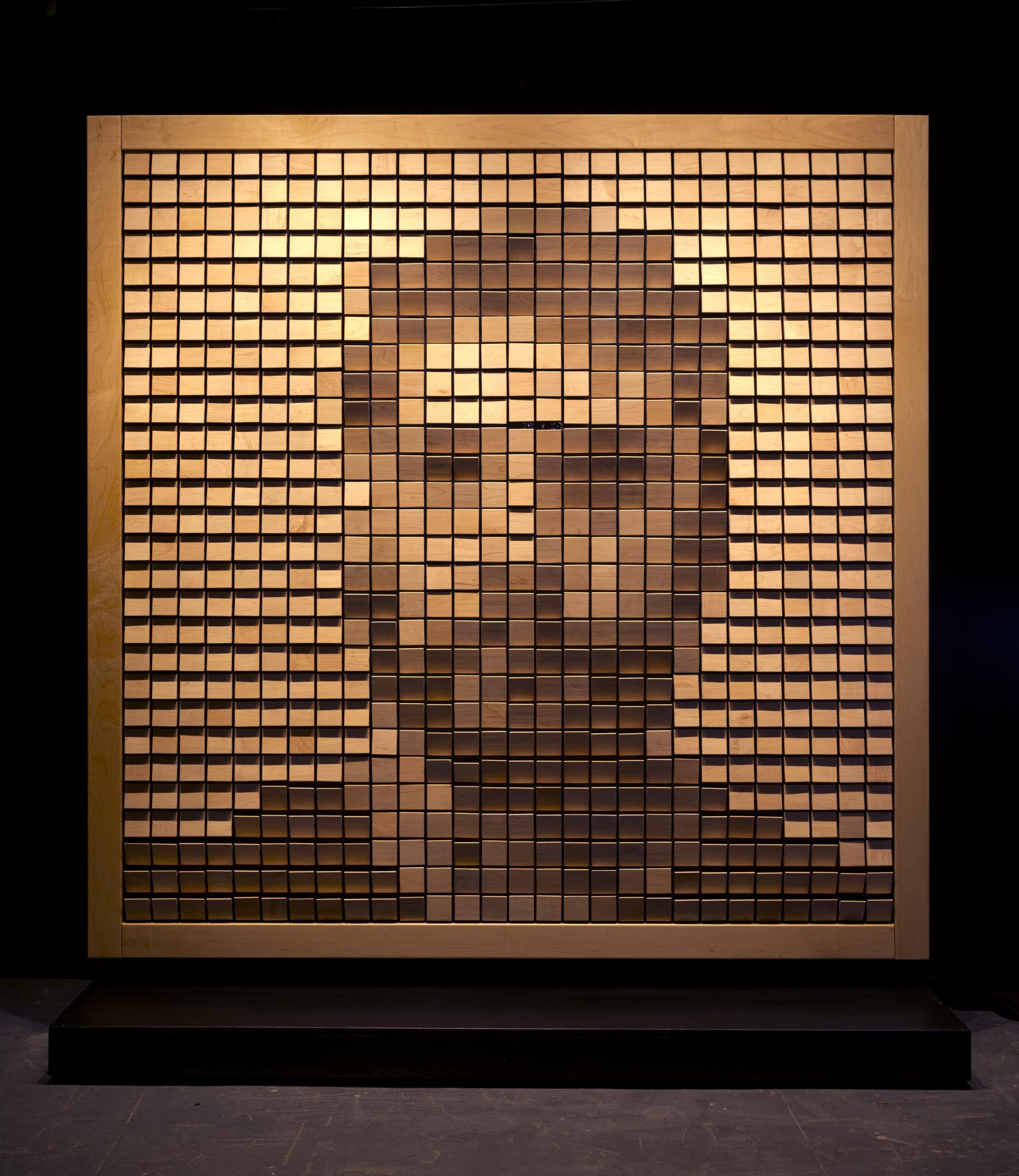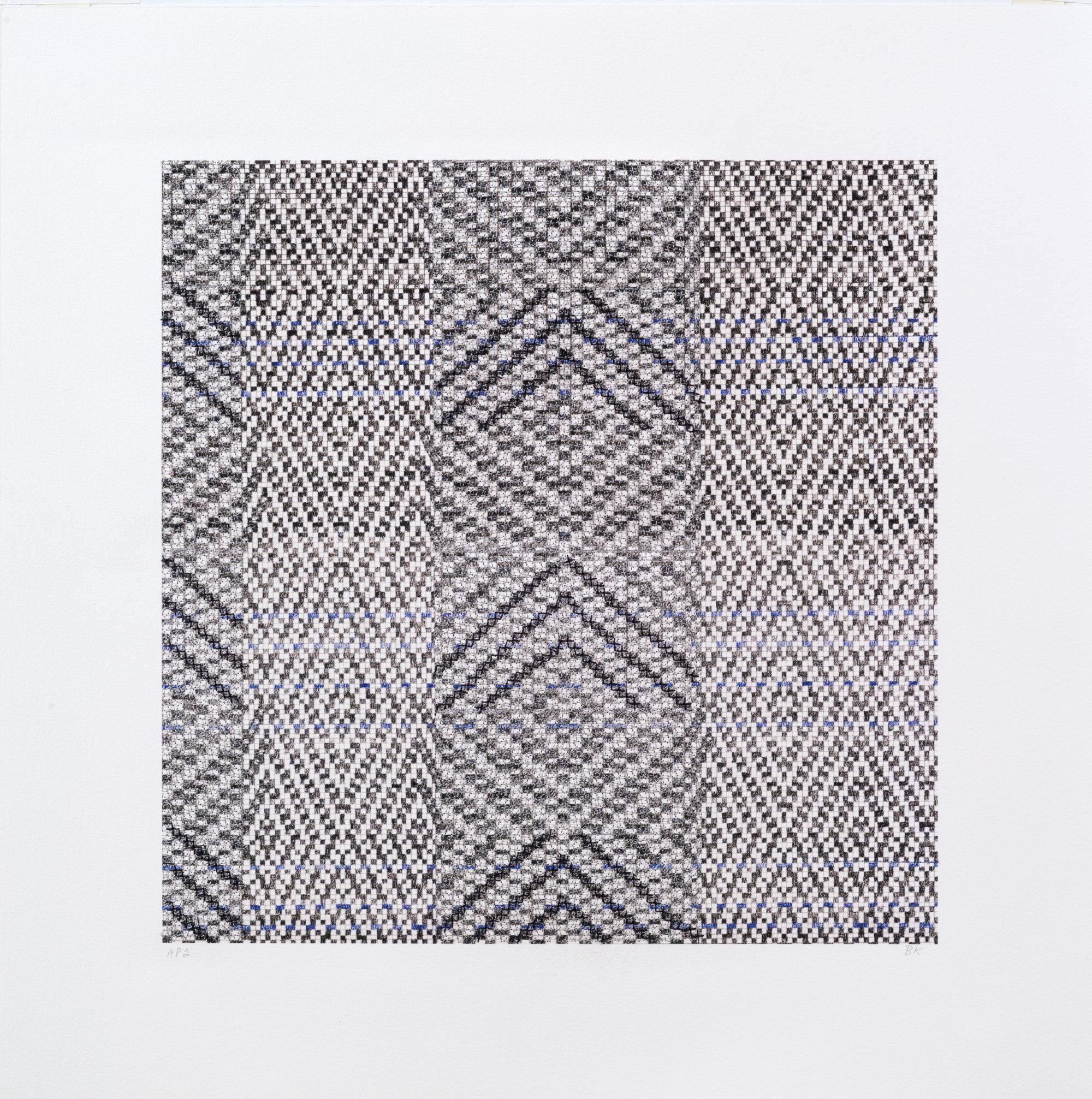1275 Minnesota St /
bitforms gallery
bitforms gallery is very pleased to announce the extension of its Fifteen-Year Anniversary Exhibition at Minnesota Street Project in San Francisco. Given the success of the exhibition coupled with an overwhelmingly positive response from the local community, the show is now on view through March 4, 2017. A selection of new works will be included in the extended weeks. The curated presentation of works includes currently represented artists as well as those who have shaped the gallery’s identity over the years, demonstrating the program’s continued engagement with technologically informed practices.
Exhibiting artists include Jeffrey Blondes, Daniel Canogar, R. Luke DuBois, Yael Kanarek, Beryl Korot, Rafael Lozano-Hemmer, Sara Ludy, Manfred Mohr, Jonathan Monaghan, Quayola, Casey Reas, Rachel Rossin, Daniel Rozin, Björn Schulke, Siebren Versteeg, Addie Wagenknecht, Zimoun, and Marina Zurkow.
Since 2001, bitforms has become synonymous with “new media” art and the work that falls into this evershifting categorization. As such, the program spans a range of media from traditional to experimental. With new media being relative to each generation, the gallery represents established, mid-career, and emerging artists, showing the diversity of approaches to media over several generations.
In a moment of economic downturn and global uncertainty, the gallery opened its doors in November 2001 in Chelsea, the epicenter of the New York art world. At the same time, media art was gaining institutional support with the hype cycle of the dot-com bubble. Prior to bitforms’ opening, five exhibitions at major institutions signaled a sea change in the art world: the Solomon R. Guggenheim Museum opened Mediascape in 1996; SFMOMA opened {010101: Art In Technological Times}; the San Francisco Art Institute opened the traveling exhibition Telematic Connections: The Virtual Embrace; and the Whitney Museum of American Art opened BitStreams, all in 2001, and in the UK, Art and Money Online opened at the Tate Modern, also in 2001. Despite the dot-com bubble bursting, bitforms gained momentum and carved out a space in the gallery scene as the only program exclusively representing artists critically engaged with technology.
bitforms’ fifteen-year anniversary comes at a moment when media art is garnering newfound attention, reminiscent to the beginning of the millennium. Within the past year, we’ve seen the landmark exhibition Electronic Superhighway (2016 – 1966) at the Whitechapel Gallery, spanning five decades of artists’ work impacted by computer and internet technologies; conservation and preservation of computer-based artworks gaining institutional support at the Guggenheim, MoMA, and SFMOMA; and the ever-increasing acquisition of post-internet art by collectors and institutions around the world. While contemporary technology is used for increasingly corporate ends, bitforms’ artists employ these same tools as a means for artistic expression.
Showcasing the full range of the gallery’s program, the exhibition at Minnesota Street Project spans two adjacent upstairs galleries, as well as the Atrium space. In the main galleries, highlights include a new LED wall sculptures by Daniel Canogar, a large-scale interactive work by Rafael Lozano-Hemmer, a sculpture that intercepts WiFi signals by Addie Wagenknecht, algorithmically generated digital paintings by Siebren Versteeg, computer drawings from the 1970s by Manfred Mohr, and works on paper inspired by Yael Kanarek’s browser- based World of Awe series. While the earliest works in the show date to the beginning of the 1970s, works by emerging artists––including Sara Ludy, Jonathan Monaghan, Quayola, Rachel Rossin, and Addie Wagenknecht––showcase how a new generation of artists are engaging with contemporary technology. In their respective practices, these artists employ Second Life, computergenerated animation (CGI), lidar (light and radar three-dimensional scanning), virtual reality (VR), and drone technologies.
In the Atrium space, large-scale works by Daniel Rozin, Björn Schulke, and Siebren Versteeg showcase the variability of computer-based works, from surveillance tracking, physical computing, and digitally programmed software, respectively. Rozin’s iconic Wooden Mirror, originally produced in 1999, is included in the space.
bitforms gallery is grateful for the opportunity to work with Minnesota Street Project and join the local arts dialogue. The gallery has also teamed up with Philips to present their new 98- and 75-inch 4K professional displays.
Since its founding, bitforms gallery has been the only gallery in New York City exclusively exhibiting, supporting, and advocating for the collection of ephemeral, time-based, and new media art works. The gallery has placed works in the collections of the Museum of Modern Art, New York; Tate Modern, London; Solomon R. Guggenheim Museum, New York; Smithsonian American Art Museum, Washington, D.C.; National Portrait Gallery, Washington, D.C.; Center for Art and Media (ZKM), Karlsruhe; Centre Georges Pompidou, Paris; Victoria and Albert Museum, London; Stedelijk Museum, Amsterdam; and Borusan Contemporary, Istanbul, among other institutions internationally.
Coinciding with the exhibition at Minnesota Street Project are two subsequent solo exhibitions at bitforms gallery in New York: Björn Schülke, Vision Instruments is on view from January 18 – February 19, 2017, and a solo presentation of new works by Quayola opens February 25, 2017. bitforms gallery would like to thank all of the collaborators, collectors, curators, and of course, the incredibly talented group of artists, whom we have had the privilege of working with these past fifteen years.
Founded in 2001, bitforms gallery represents established, mid-career, and emerging artists critically engaged with new technologies. Spanning the rich history of media art through its current developments, the gallery’s program offers an incisive perspective on the fields of digital, internet, time-based, and new media art forms.
For publicity requests, please contact info@bitforms.com or call (212) 366-6939.
Related Events
In Conversation: R. Luke DuBois












